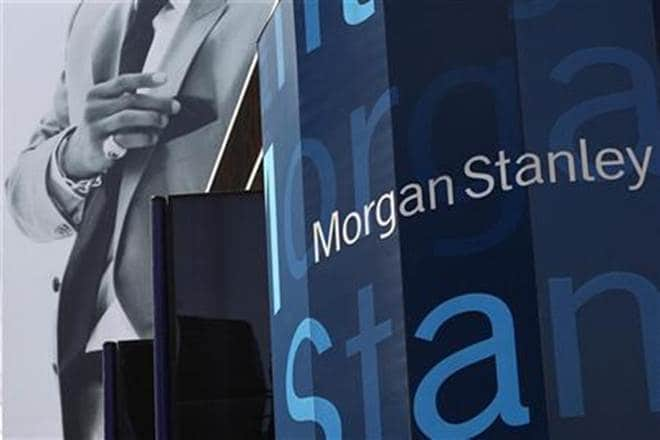World’s largest retailer Walmart perhaps let go of its last year’s $16 billion Indian e-commerce bet as it may exit Flipkart after the government implemented the revised FDI rules for e-commerce companies on February 1, IANS quoted American investment banking firm Morgan Stanley.
“An exit is likely, not completely out of the question, with the Indian e-commerce market becoming more complicated,” Morgan Stanley said in a report late Monday.
This might go the similar way to what happened with Amazon in China in late 2017, according to the report.
“There is a precedent for an exit as Amazon retreated from China in late 2017 after seeing that the model no longer worked for them,” it said.
The report estimates that 50% of Flipkart’s revenue comes from this category that means Flipkart could face “meaningful disruption and top-line pressure” in the near future.
Morgan Stanley said that the new guidelines may require Flipkart to withdraw as much as 25% goods from its portal such as smartphones and electronics that makes up for bulk of sales.
As the revised FDI rules for e-commerce came into effect last Friday, Amazon and Flipkart’s parent Walmart together saw $50 billion getting wiped off from their market capitalisation, IANS reported.
Consequently, Amazon shares tumbled on the Nasdaq by 5.38% to $1,626.23 per piece on Friday while NYSE-listed Walmart’s stock price ended 2.06 % lower at $93.86.
The rules have forced Amazon to take-down its key grocery service Amazon Pantry and also withdraw different products such as sunglasses and floor cleaners from its India website.
In a recent investor call, Amazon’s CFO Brian Olsavsky said, “…there is much uncertainty as to what the impact of the government rule change is going to have on the e-commerce sector there,” PTI reported as saying.
The revised rules issued last month prohibits online marketplaces, funded by foreign investment, to sell goods of vendors in which they have equity stakes and to have exclusive marketing tie-ups.It also said that the goods of a vendor will “deemed to be controlled by an e-commerce marketplace if more than 25% of purchases of such vendor are from the marketplace entity or its group companies.”


